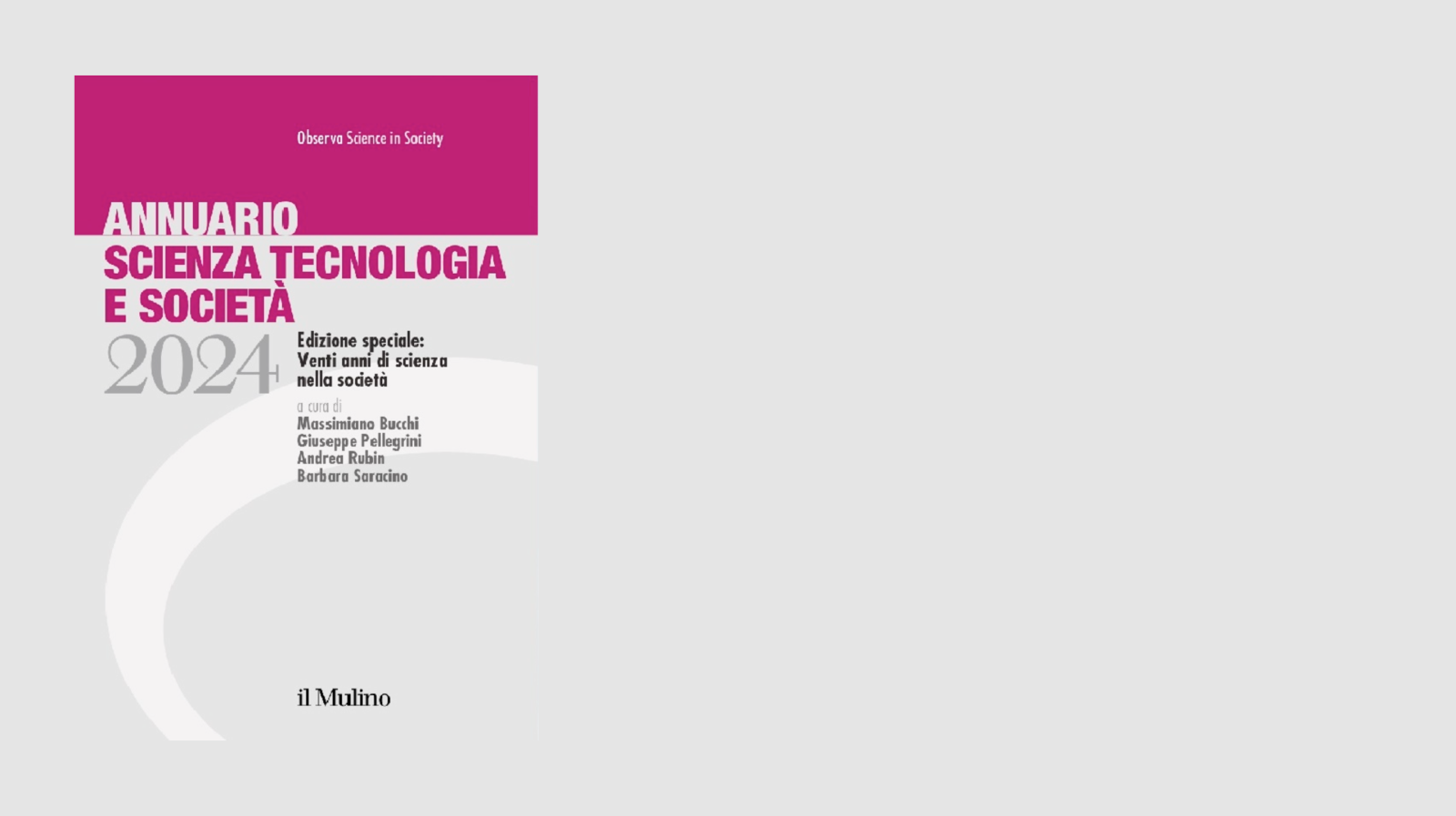The Journal of nuclear physics is the only source of official information with regard to the announced, but never confirmed, forthcoming energy revolution: the E-Cat, a device developed by engineer Andrea Rossi based on Sergio Focardi's studies.
Those who tried to access this page yesterday, could only read “This account has been suspended”. In a few hours, the news spread all over the various Blogs, websites and twitter, just as it had been the case with the circulation of information on this event in recent months. Various conjectures have been proposed and ventured, from the violation of rules regarding the provider - the domain can been reached, thus excluding the likelihood of a technical problem - the publication of an "inconvenient" article or comment, an unexpected hacker attack or, more simply, the decision to change domain, not yet redirected from the old address.
From the point of view of the disclosure and communication of data, the E-Cat is an anomalous and peculiar case. So far, indeed, the overall response of the media and from representatives of the scientific and research community has been cautious or silent. It is generally believed that the reasons for this reaction is that the information provided by Focardi and Rossi themselves concerning the device operation is scarce and inconclusive.
The facts: the E-Cat is an Energy Catalyzer. This would be a clean energy, specifically cold fusion, or rather Lern, a low-energy nuclear reaction. Allegedly, the process is based on a chemical-physical interaction between hydrogen and nickel, through which thermal energy can be obtained hundreds of times in excess compared to the energy required for its operation, with a residual production of copper. This at least according to intentions - one should definitely leave room for doubt - of which a first public demonstration was provided on last January 11th. According to January's news, 12 kW of heat was obtained from 600 w of input energy. On October 6, a test was hosted in the EFA premises, Rossi family's firm, in the presence of just over twenty people - including three journalists, a Blogger, representatives of the University of Uppsala and Bologna and curious and interested people from Swedish and American companies. Witnesses spoke of a greater credibility of the figures, previously criticized for being too rough. The technical results were released the next day by the Swedish magazine Nyteknik, the first magazine to receive the engineer's authorization. For eight hours, they said, the E-Cat produced hot water, including in the form of steam, running for a few hours with no external energy. Finally, on October 28th, the sixth and final experimental test was carried out. The test consisted in producing energy with the E-cat - by means of a tiny "heating plant in self sustained mode", i.e. operating independently and without external power. The energy used to heat the water produced a positive residual return, as the E-Cat prophet said in the documents he himself released “The result of the test are satisfactory to accept the delivery". This is the account according to some "privileged" witnesses.
Once again, however, nobody has been able to verify, among other things, whether there were no external power supplies nor the reason why the E-Cat "start" engine generator was kept connected during the test. But above all, there is still no official theoretical formulation that clearly explains what is taking place inside the device.
On September 22, during the LENR Workshop at the Glenn Research Center, NASA engineer Michael A. Nelson expressed his concern about the lack of clarity in the data of the experiments carried out in Bologna, explaining, in essence, that Rossi and his team should extend the tests for a longer time in order to prove their statements and promises.
In Italy, the University of Bologna pointed out the absence of an authoritative voice from the scientific world, expressing its views through a statement posted on its website explaining that it “was not involved in the experiments conducted on the E-Cat by Leonardo Corp. the company owned by Andrea Rossi”, and that, however, it was open to analyze and discuss the matter: “To this end, researchers from the University of Bologna attended the experiments as observers”.
Despite the above, on the Internet there is much curiosity about this case - Bloggers are divided between staunch believers and diligent hunters of the latest news. Caution is growing as well : the wikipedia page on the E-Cat has somehow "banned" the name of Andrea Rossi – "This article relies on references to primary sources or sources affiliated with the subject, rather than references from authors and independent third-party publications. Please add citations from reliable sources ". This means that no data are provided by third party, impartial scientists.
The energy revolution, promised within two years, together with the aura of mystery surrounding the E-Cat, are some keywords that determined the unusual success and stirred media noise around this event. For the moment, however, - until proven otherwise - it is much ado about nothing.


